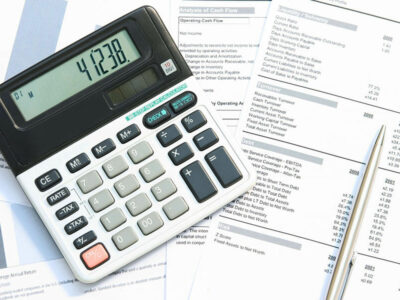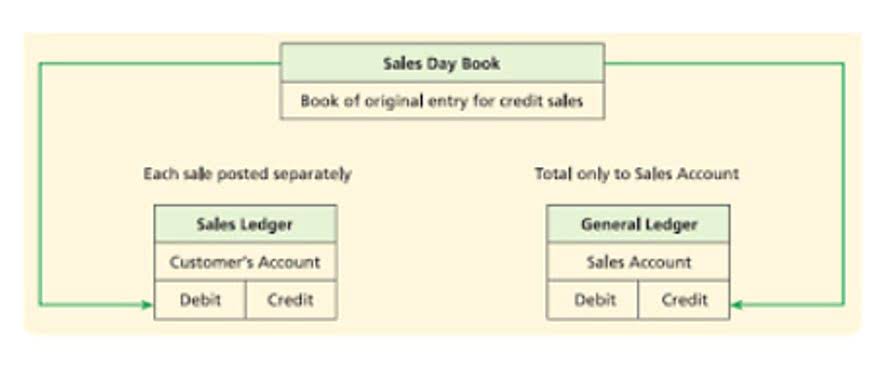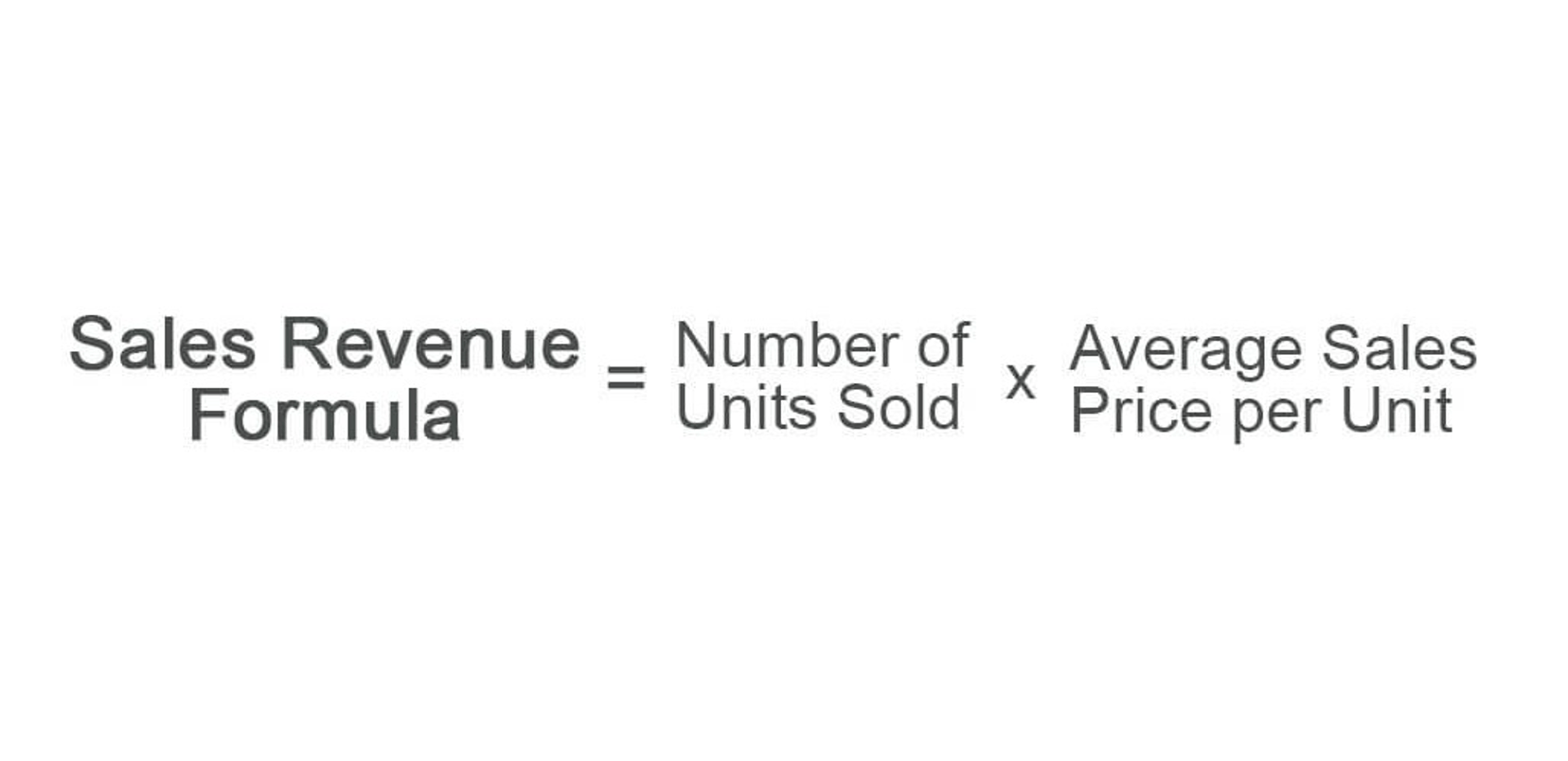
To find the common shares, you’ll need to know the company’s total outstanding shares and the number of shares that are not common shares, such as preferred shares. To find the number of common stock outstanding, you can look at the company’s financial statements, which are often easily accessible on their website. Shares outstanding include those held by institutional investors and company insiders, while floating shares refer to those available for trading. Treasury shares are the shares that a company repurchases and holds in its treasury, which are then subtracted from the total number of shares issued to determine outstanding shares. The resulting number shows the total number of shares held by all market participants, including institutional investors, insiders, and the general public.

EPS Diluted Calculation
Preferred stock is often misunderstood, but it’s actually quite straightforward. The main difference between preferred stock and common stock is that preferred stockholders have a higher claim on assets and dividends than common stockholders. Calculating common stock has various use cases that help investors, analysts, and stakeholders make informed decisions. Calculating common stock helps investors assess a company’s equity structure and potential for growth. To calculate common stock, start by determining the total equity of the company, which can be either owner’s equity or stockholder’s equity. Determining the excess amount paid by investors is necessary to accurately calculate the common shares.
Understanding Common Stock
The number of shares outstanding of a company can be found in its quarterly or annual filings (10-Qs or 10-Ks). Learn about stocks that could split in 2025 and why a company might decide to do a stock split. Above, the weightings have also been calculated and added to the basic shares number to calculate the WASO. A recent example of a reverse stock split is General Electric’s (GE) 1-for-8 reverse stock split during the summer of 2021. You can find shares outstanding at the top of a company’s 10-Q or 10-K filing. Importantly, the number of shares outstanding is dynamic and fluctuates over time.
Finding Basic Shares Outstanding in Financial Statements

Earnings Per Share (EPS) is a widely recognized financial metric, offering a clear view into a company’s profitability from a shareholder’s perspective. It helps investors gauge how much profit a company generates for each outstanding share of its stock. Understanding EPS is a fundamental step in evaluating a company’s financial performance and its potential value. This metric condenses financial information into a single, easily digestible number.

In some cases, there will be a separate line item on the balance sheet for treasury stock, and a similar calculation can tell you the number of shares issued but not outstanding. Treasury stock consists of shares the company has repurchased from the open market. These repurchased shares are no longer considered outstanding, do not carry voting rights, and are not entitled to dividends. The calculation for shares outstanding is total issued shares minus treasury shares. The common stock outstanding of a company is simply all how to find number of shares outstanding on balance sheet of the shares that investors and company insiders own.

Par Value & No-Par Stock

A stock split occurs when a company increases the number of its outstanding shares without changing its overall market cap or value. Several factors can cause a company’s number of outstanding shares to rise or fall, with one of the http://www.huismanergo.nl/2022/11/09/what-is-property-plant-and-equipment-pp-e-2/ most common being stock splits. The number of shares outstanding can be computed as either basic or fully diluted.
- Moreover, resources like FINRA provide valuable insights into the financial health and market activities of companies.
- The outstanding shares of a company can fluctuate for a number of reasons.
- A company’s outstanding shares may change over time for several reasons.
- It is also equal to the float, which is shares available to the public and excludes any restricted shares or shares held by the company officers or insiders, plus any restricted shares.
- Floating stock is calculated by taking outstanding shares and subtracting restricted shares.
- The shares companies issue are known as authorized shares, which are the maximum number of shares they are lawfully permitted to make available to investors.
This is a critical concept for investors to grasp, as it can significantly impact the value of your investment. Dilution occurs when a company issues new shares, increasing the total number of shares outstanding. Think of it like adding more water to a glass of juice – the juice becomes less concentrated. Shares outstanding alone are not a definitive indicator of company value; they must be evaluated alongside other factors like earnings and market price. However, they are critical for calculating market capitalization and EPS, which provide insights into a company’s value and financial performance.
Stock splits are usually undertaken to bring the share price of a company within the buying range of retail investors; the increase in the number of outstanding shares also improves liquidity. These figures are generally packaged within the investor relations sections of their websites, on local stock exchange websites, or with the SEC. Conversely, a reverse Travel Agency Accounting stock split is the opposite – it’s like combining several pizza slices into one larger slice. A 1-for-10 reverse split means that every 10 shares an investor owns are consolidated into 1 share.